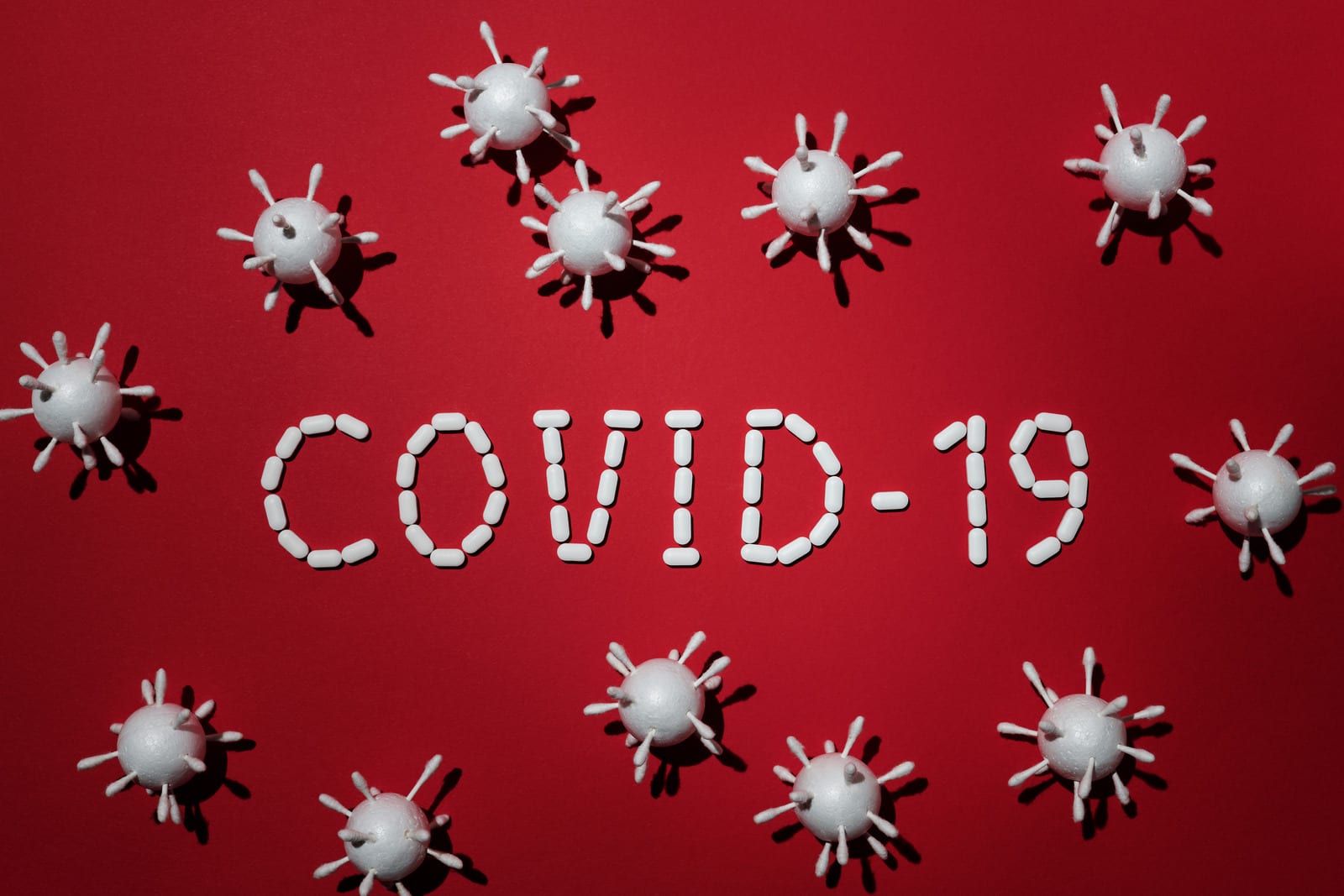
What is COVID-19?
In the midst of this global pandemic, it is critical for our customers to be aware of COVID-19 and what it means for our industry. The coronavirus and subsequent COVID-19 disease has made its way across the globe, and it’s having impacts on the foodservice industry that have never been seen before.
First, it’s important to know the coronavirus is spread through direct contact of person to person and airborne droplets. If the virus makes its way onto a surface, it can live anywhere from 24-72 hours.
If someone touches a surface that has been contaminated by someone else with the virus, they can contract it if they do not wash their hands immediately. Washing your hands before touching your mouth, nose, or eyes will kill the virus and is the best type of prevention.
Control the Spread in Your Foodservice Operation
There are several things that you can do to prevent the spread of the virus in your commercial kitchen, even as your type of service is likely changing.
Keep Sick Staff Home
If a staff member comes into the kitchen showing signs of illness, send them home immediately. That is the number one way that the virus will enter your kitchen initially. Things lik staff tasting with infrared thermometers is a good way to test staff upon reporting for a shift.
Hand Soap and Sanitizer Are Essential
Hand sanitizer that has at least 70 percent of alcohol has been proven to kill the virus on site. Have this available for your kitchen staff so that they can sanitize frequently after touching different surfaces.
Both kitchen staff and front of house staff need to wash their hands frequently for at least 20 seconds after each restroom visit and after handling food.
Sanitize Surfaces
Stainless steel is found frequently in the commercial kitchen. This surface is also one where the COVID-19 can live the longest. Make sure to sanitize your kitchen daily before you begin your prep shift and after the kitchen is closed and cleaned. Continue to use the same cleaning chemicals that are food safe.
Shifting Food Handling During the Pandemic
As the COVID-19 continues to make its way throughout the country, below are the best ways to prevent the food in regards to food handling over the next few weeks.
Eliminate Self-Serve
Many of our kitchens have offered self-serve salad and buffet bars to our customers. At this time, the best way to limit exposure to this virus is for your staff to serve all guests and remove the self-serve option. This allows you to manage the sanitation of the area much more and limit the direct contact of customers.
Remove Community Dining
Social distancing is the second-best way to stop the spread of this virus, meaning that customers should be more than six feet away from each other and not gathering in large groups. In order to comply with this request, eliminate your community dining and take advantage of other options. Take-out is available. While beverages can be on trays, make sure to have one person serving from a cart to limit contact.
Simplified Menus
It is critical that during this time, the food delivered to residents on trays stay at a warm temperature to prevent any contamination. In some cases, it may be better to offer ready-to-heat meals to prevent cold food and ensure that contamination is as minimal as possible.
We Will Get Through This
These practices are required by all staff members and can only be successful with everyone on board. The important thing to remember during this pandemic is that our standard preparations for cooking and food handling are in compliance with what is needed to limit contact and exposure. While social distancing may take away daily interactions, for now, the benefit of maintaining these practices give us the chance to strengthen practices for the future and keep those who are at risk safe during this time.
Lakeside Has You Covered
Check out our COVID-19 resources page and product solutions pages for helpful, informative, and up to date information relevant to the pandemic in real time.
